The main objective of teaching coding to kids must be to empower them to create the Next generation of innovative projects that has the power to solve real-world problems. An educator must teach in such a way that it will spark kid’s enthusiasm by engaging them in a set of analytical & fun learning activities that will clarify important coding concepts and turn them into innovative programmers.
Let’s have a look at some of the finest tips which every educator must follow:
1. Start with Visual Based Programming language
Using Easy-to-learn Visual Block-based programming language like Scratch you can start teaching your students valuable skills like logic building, creative thinking, problem-solving, debugging, computational thinking, etc. that will help them throughout their life.
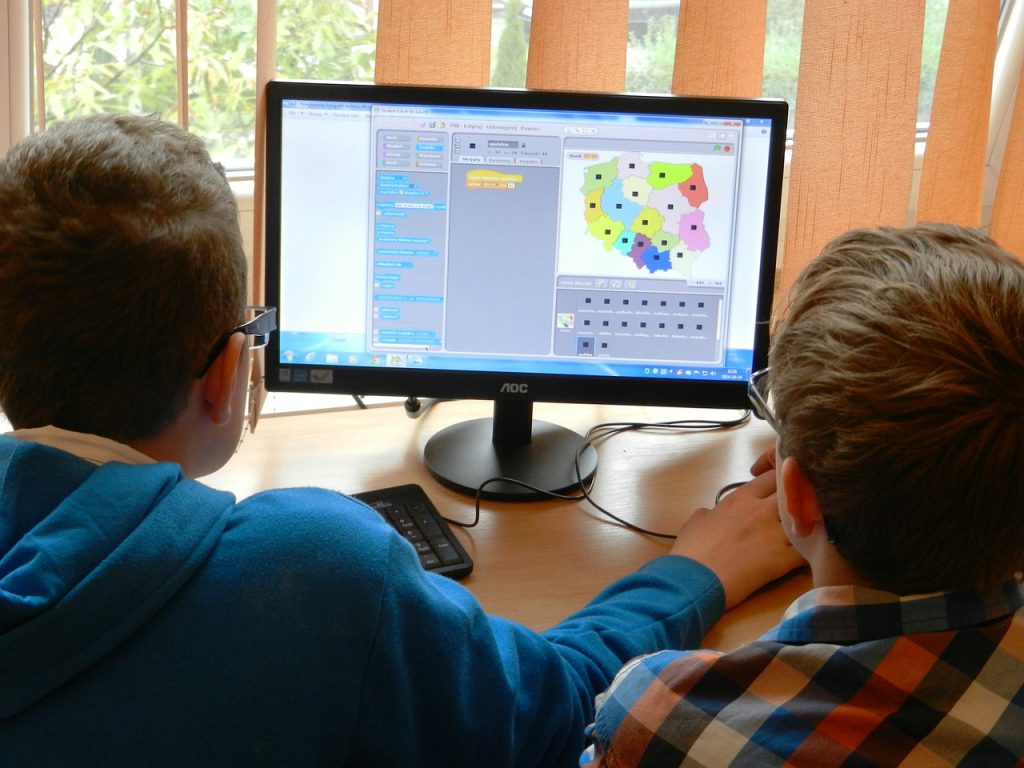
Scratch has a visually appealing interface that involves a drag and drop learning environment in which the students can use coding instructions such as custom blocks to construct animated stories or games on their own. This will also help to build confidence in the child that will come in handy when they will make the transition from visual block-based programming language to the text-based programming language like Python, Java, C++, etc.
To know more about how you can start your coding journey with visual block-based programming language read this informative blog.
2. Focus More On Practical learning
It is very important to first teach the students about the basic fundamentals of programming such as data type, conditional statements, control structures, data structure, function, variable, class, array, etc. But teaching only theoretical knowledge is not enough. Learning the craft of coding requires practice. You need to carry out a set of activities using which the students can analyze and experiment with the code.
If you are teaching control structure to your kids which is used to repeat a given section of code for a certain number of times or until a specified condition is met, then you need to give assignments to your kids in which they need to use for, while, do-while in solving the simple problems.
For example, This code will exit the loop when i is 7:
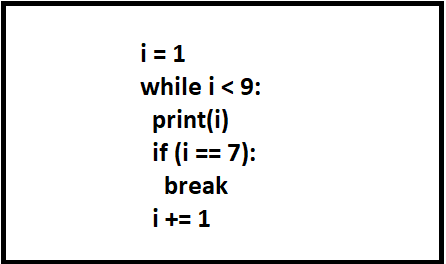
3. Teach them to Add Comments in the code
Adding comments in the source code is a good habit. It will make it easier for programmers to understand what the particular line of code is trying to convey. The comment is ignored by the compilers & interpreters and is only written to give a readable explanation about the particular line of code. So you can encourage your students to make it a habit to use comments while writing code.
For Example, In Python programming language we use the “#” sign to denote the comments in the code.
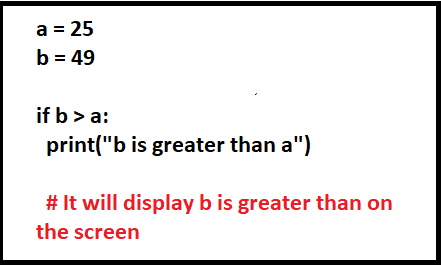
4. Use a Combination of Live 1:1 + Recorded Lessons
Every student has a unique learning style. Some students grasp the concepts in one go easily while others take some time to understand the concept. To put the students of different learning graphs under the same level, the expert educators at Tinkerly use a combination of both Live 1:1 sessions along with providing recorded lessons on their STEM learning app – Let’s Tinker using which they are providing students with self-paced learning courses with weekly live sessions.
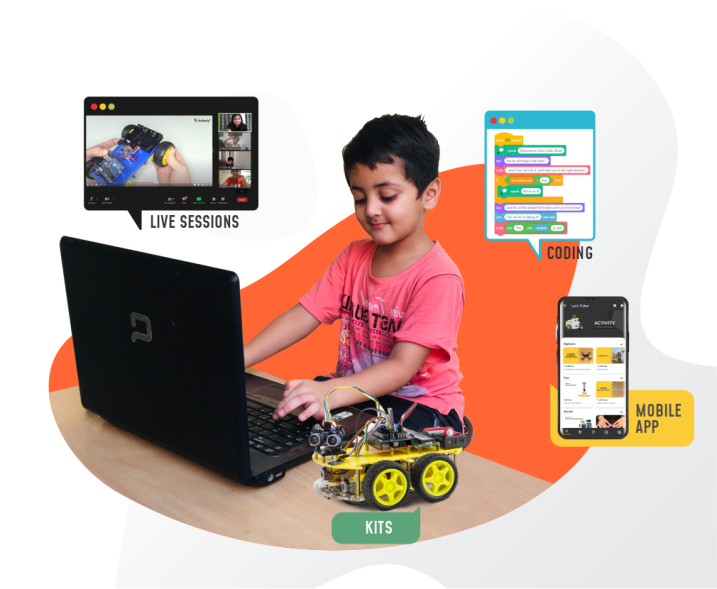
The students will have the flexibility to learn anytime, anywhere with the help of recorded lessons, and also can ask his/her doubts in the 1:1 Live sessions with the expert educators.
5. Limit Screen Time with Hands-on learning
Every educator must keep this in mind that there must be some hands-on learning activities too so that the student can experience the thrill of experiential learning and limit their screen time as well. Tinkerly has come up with a solution to the problem of passive screen-based learning in online coding classes. They offer STEM learning and Coding classes which are blended with STEM toys so that students can practice hands-on learning and learn the practical aspects of how things work in real-life situations.
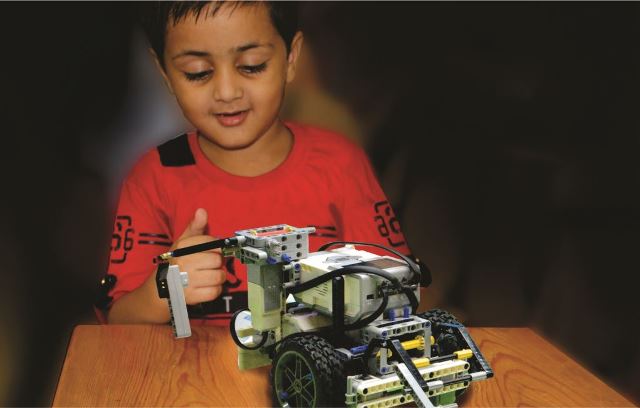
For example, by providing the Robo DIY kit to students and teaching them programming of IoT and robotics projects so that the students can build their own NextGen projects such as the Never Falling robot, Obstacle Avoider project, etc. This will increase students’ interest and build his/her confidence in building tangible real-life IoT projects.
Conclusion
We have discussed a few of the methods which the educators need to follow while teaching coding concepts to the kids so that they can fully grasp the concept and get genuinely interested in making a career as a programmer.
 1714
1714



